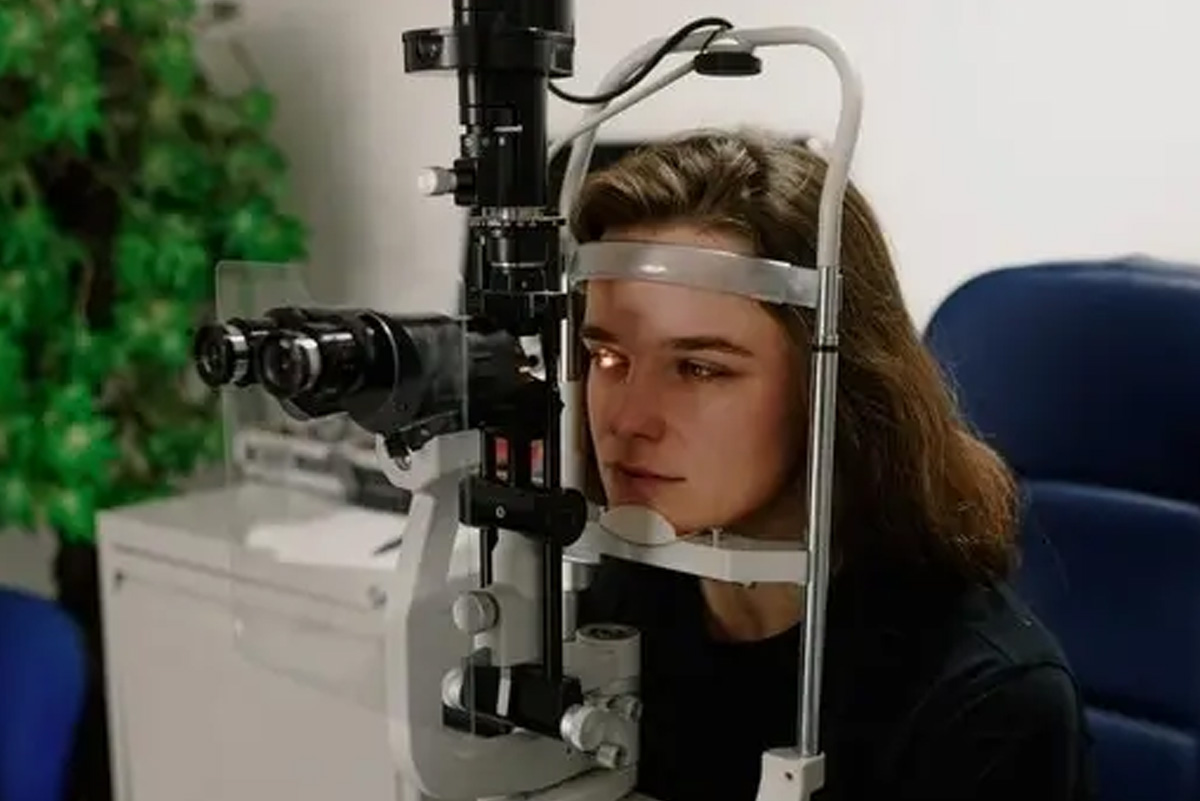When you visit the eye doctor, one of the most common tests you’ll take is the visual acuity test. This test, often conducted using the Snellen eye chart, helps determine how well you can see objects at a distance. If you’ve ever wondered what numbers like 20/20 or 20/80 mean, you’re not alone. These numbers refer to your visual acuity and are a measure of how well you can see compared to a person with normal vision.
What Is 20/80 Vision?
The most common visual acuity measurement is 20/20, which represents “normal” vision. If you have 20/80 vision, it means that at a distance of 20 feet, you can only see what a person with normal vision can see from 80 feet away. Essentially, the letters on the eye chart that a person with 20/20 vision can read from 80 feet away, you would need to be just 20 feet away to read.
This means that people with 20/80 vision experience significant difficulty seeing things clearly at a distance, and this level of visual impairment may affect various aspects of life, including driving, reading road signs, and even recognizing faces from a distance.
How Does 20/80 Vision Compare to 20/20 Vision?
While 20/20 vision is considered normal and indicates sharp, clear sight, 20/80 vision is a sign of reduced visual acuity. People with 20/80 vision are considered to have mild visual impairment. For comparison:
- 20/20 Vision: This is the standard of visual clarity for most people, meaning you can see clearly at 20 feet what the average person sees at 20 feet.
- 20/80 Vision: If your vision is 20/80, you would need to be 20 feet away from an object to see what someone with 20/20 vision can see at 80 feet.
In general, visual acuity is classified as:
- 20/70 to 20/200: This range can be categorized as moderate visual impairment or low vision.
- Worse than 20/200: This may be considered legally blind, although individuals may still have some functional vision.
How Can 20/80 Vision Be Improved?
If you have 20/80 vision, your eye doctor will likely recommend corrective lenses, such as glasses or contact lenses, to help improve your visual acuity. The exact solution depends on the underlying cause of your vision issues, which could be myopia (nearsightedness), astigmatism, or another refractive error.
Regular eye exams are essential to monitor your vision and ensure that any changes in your eyesight are detected early. Your eye doctor may also discuss other options, such as refractive surgery (LASIK) if you’re a candidate for it, which can reduce or eliminate the need for glasses or contact lenses.
Can 20/80 Vision Lead to Serious Eye Conditions?
While 20/80 vision itself isn’t usually considered a serious condition, it can be an early sign of other eye problems. Vision impairment is often caused by refractive errors, but other conditions, such as cataracts, glaucoma, or macular degeneration, can also lead to reduced visual acuity. It’s important to consult with an eye doctor regularly to ensure that no underlying health conditions are contributing to your vision changes.
What Are the Risks of Not Correcting 20/80 Vision?
Not correcting 20/80 vision can lead to difficulties in daily activities, particularly tasks that require clear, long-distance vision, such as driving, watching television, and participating in sports. Over time, unaddressed vision impairment can lead to eyestrain, headaches, and even make you more prone to accidents or falls due to reduced depth perception.
Correcting your vision with glasses or contact lenses is the most effective way to restore your sight and reduce the risk of further complications. Additionally, regular eye exams will help detect any changes in your vision and ensure that any underlying issues are addressed early.
How Can You Protect Your Eyesight?
To maintain healthy eyesight and prevent further deterioration, consider adopting these tips:
- Wear the Correct Prescription Lenses: Whether glasses or contacts, make sure to use lenses that correct your vision to the highest possible clarity.
- Protect Your Eyes from UV Light: Always wear UV-blocking sunglasses when outdoors to protect your eyes from the harmful effects of ultraviolet rays, which can contribute to cataracts and macular degeneration.
- Take Regular Breaks: Follow the 20-20-20 rule when using digital devices: every 20 minutes, look at something 20 feet away for 20 seconds to reduce eye strain.
- Eat a Healthy Diet: Consuming foods rich in vitamins and minerals, such as vitamin A, C, and E, can support eye health and reduce the risk of vision problems.
- Schedule Regular Eye Exams: Regular visits to your eye doctor can help detect problems early and prevent long-term damage to your vision.
Conclusion
If you have 20/80 vision, it’s important to take steps to correct your vision and maintain regular eye exams. Vision loss can have a significant impact on your quality of life, but with the right treatment and lifestyle changes, you can preserve your eyesight for years to come. Contact Eyeson Group today to schedule an eye exam and ensure your vision remains clear and healthy.
